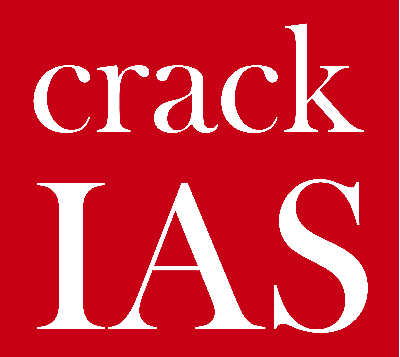
- Self-Study Guided Program o Notes o Tests o Videos o Action Plan

Breaking with more than a quarter-century of history, the Asia-Pacific Economic Cooperation (APEC) organisation wrapped up its summit with no joint communiqué issued. Its leaders, principally led by the U.S. and China, clashed over the proposed wording of the document. The economic rivalry between Washington and Beijing appeared to fracture the 21-nation summit into two segments. The source of the friction stemmed from the Trump administration’s “America First” policy, under which Washington led the charge on “unfair trade practices”. This was an implicit accusation that China wasn’t levelling the playing field in global trade. The U.S. has been urging China to increase market access and grant intellectual property protections for American corporations, cut back on industrial subsidies and, at a broader level, bring down the $375-billion trade gap. Vice President Mike Pence, who attended on the President’s behalf, also hinted at strategic pushback when he called upon nations to eschew loans that could leave them in a debt trap with Beijing. The Chinese message at the plenary was a strategic one too: President Xi Jinping did not mince words in touting Beijing’s Belt and Road Initiative. The BRI has worried smaller Asian nations and the U.S., particularly given that China views the Asia-Pacific landscape as a means to secure economic predominance worldwide.
To understand what this clash of the global economic titans portends for the world trading system, it is instructive to examine the path of their mutual conflict thus far. The troubles began over the summer when both countries started taxing $50 billion worth of the other’s imports, followed by the U.S. slapping $200 billion of Chinese exports with a 10% tariff, to be ratcheted up to 25% by the year-end. China, unsurprisingly, retaliated with a promise to impose reciprocal taxes to the tune of $60 billion. Already, the tariff war has resulted in the IMF downgrading its global growth outlook for this year and the next to 3.7%, down 0.2 percentage points from an earlier forecast. If this continues, eventually global supply chains may be hit, and shrinking trade volumes may cause companies to seek out new trading routes and partners. Institutionally, multilateral rule-making bodies such as the WTO may lose their authority, and an interlocking system of bilateral trade treaties and punitive sanctions networks may substitute the consensus-based approach that was forged so painstakingly after World War II. Asia will be at the heart of this war of attrition because strategic control of its high-value maritime trading routes is the key to China’s dreams of global trade dominance. After the APEC summit the world is still poised on the edge of the trade war vortex. The forthcoming G20 meeting in Argentina offers an opportunity to pull back from the brink.
Our existing notification subscribers need to choose this option to keep getting the alerts.